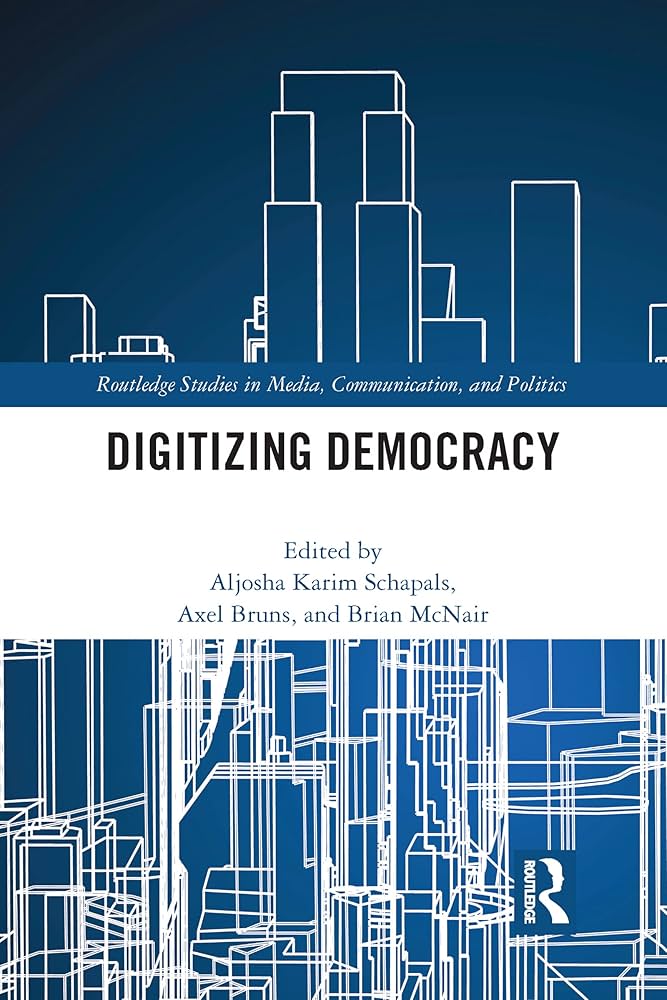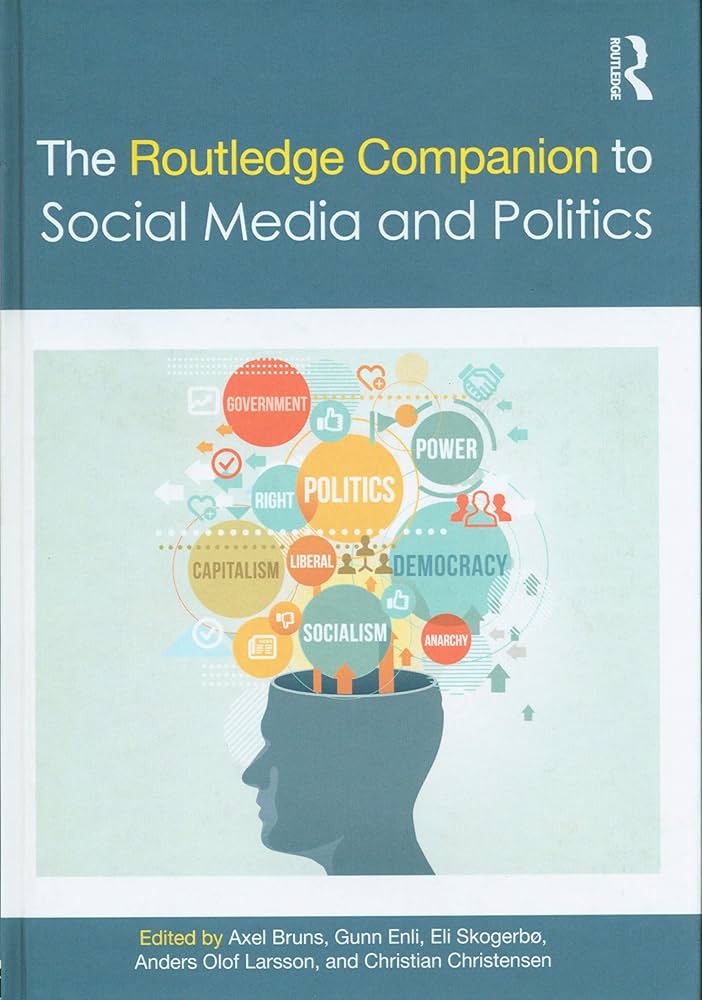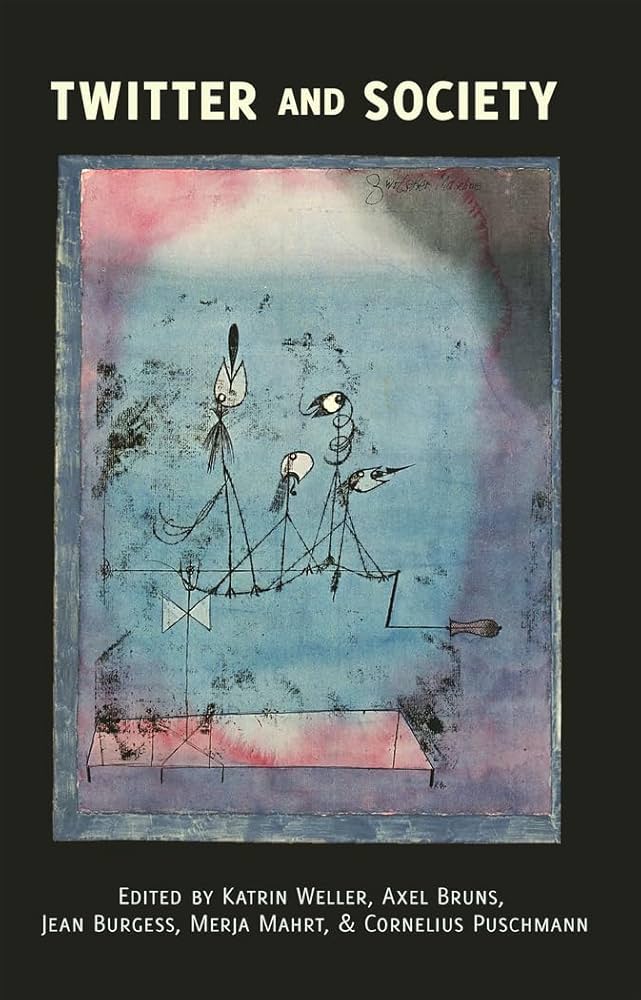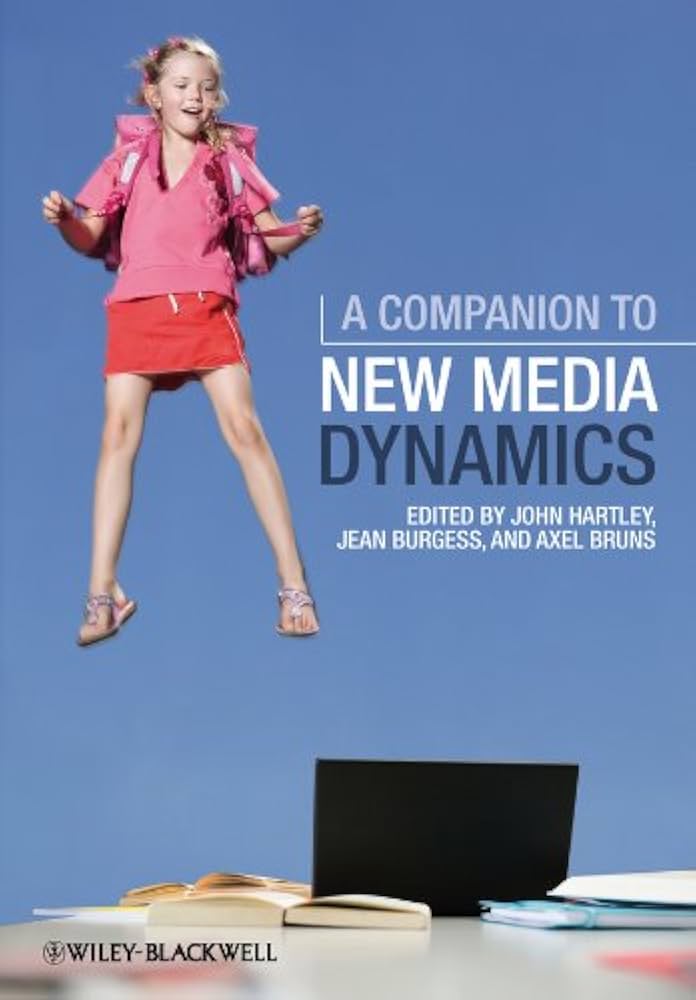The final speaker in this session at the ZeMKI 20th anniversary conference in Bremen is Thomas Steinmaurer, addressing the dynamics of AI technocultures. He begins by highlighting the critical role of communication in engagements with AI: communicative AI has increasingly inserted itself into human-machine relationships, and AI appears now predominantly also in the form of artificial communication.
This has resulted in new information search routines and an erosion of information competences; it leads to a hidden anthropomorphisation of technology, and produces uncertainties in epistemic verification practices. Commercialisation is a key dynamic of such developments, led by dominant platform providers, and processes of datafication accumulate and accelerate through these developments; however, emancipatory uses of such technologies can also be readily identified.
Examining the deeper traces of AI technocultures from a humanistic perspective, we can look back even to the Middle Ages, when enterprising thinkers like Ramon Llull and Athanasius Kircher began to imagine thinking machines at least on paper. This might be understood as a kind of artificial extelligence, connecting all known forms of human knowledge.
A line can be drawn from here through Leibniz to Turing, in fact, with a greater emphasis on scientific innovations, and a technological paradigm of control and organisation became more prominent here. This drove the development of cybernetics.
Most recently, the dominant paradigm is technolibertarian and commercial, emphasising emerging AI providers and the embedding of their technologies into new human-machine interfaces. This raises various ethical questions, creates a need for better regulation, prompts questions about the consequences for democracy, but also has the potential to revitalise political economy. There is a chance to develop a counter-hegemonic intelligence in resistance to Californian ideologies, and move towards an AI communitarism that opposes the prominent AI libertarianism.
A longue-durée perspective is critical here, enabling us to connect micro and macro levels in order to focus more on critical analyses of current developments while examining hidden power structures and ideologies behind the AI moment.












